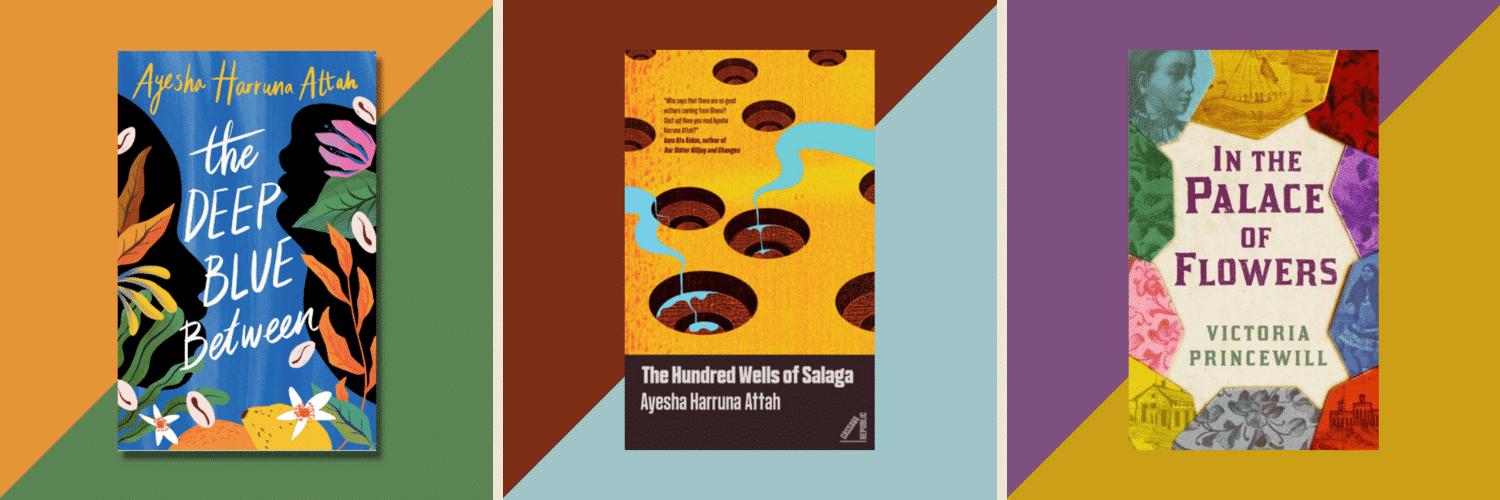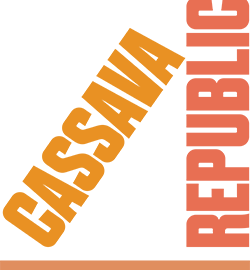Africa’s abundant resources have enriched societies across the world for centuries and continue to do so, even to the detriment of the land and its people. This is the case whether they are extracted from the soil, like palm oil during the industrial revolution in the 19th century, minerals like cobalt in batteries or human capital during one of the darkest periods in human history, the trade of enslaved people. Last week, we cast our gaze on the importance of reading history in light of current affairs in West Africa. This week, we continue the conversation on historical narratives as UNESCO commemorated International Day of the Remembrance of Slave Trade and its Abolition on August 23rd.
West and Central African’s coastlines carry not just stunning palm tree lined beaches, and salty breeze, but identities and tumultuous stories of people who were forcefully taken across the Atlantic and Pacific Oceans. Without a doubt, the gruesome realities of the slave trade are well documented from movies like Roots, Twelve Years a Slave and Harriet to documentaries and books. While some may argue that these narratives are almost too abundant in the media, the sad reality is that there are still countless, lesser-known narratives that have been lurking in the shadows, and whose far-reaching consequences on societies, communities and individuals are only just beginning to be understood.
One such case is the role of Brazil in the Trans-Atlantic slave trade; the focus on the role of the US obscures the fact that Brazil imported more enslaved Africans than any other country in the world and remains the country with the largest number of Black people outside the African continent. Ayesha Harruna Attah’s new book, The Deep Blue Between attempts to redress this, providing a fresh take on both the internal and trans-Atlantic slave trades through the lives of twin sisters, Hassana and Husseina who are separated after a brutal slave raid of their village. Set in 18th century Gold Coast, Lagos and Bahia, Brazil, this engaging story is an exploration of familial love, identity, and the eternal quest for connection. The Deep Blue Between is a companion to Harruna Attah’s novel The Hundred Wells of Salaga which shines a light on the internal slave trade on the continent, set-in pre-colonial Ghana and centring two strong female characters. Narrated from Amina and Wurche’s viewpoints, the book delves into love, bravery, freedom, and confronting harsh truths amid their roles as enslaved woman and slave-owner.

Across the continent to the East, In the Palace of Flowers by Victoria Princewill is inspired by the only existing first-person narrative of an enslaved Abyssinian in Iran, Jamīla Habashī. The novel vividly portrays Qajar-era Iran’s opulent court amid political turmoil, personal quests, and the looming fear of oblivion, through the eyes of two enslaved Abyssinians struggling to find a place for themselves there. Jamila’s compelling remarks in the book’s opening ties the very message of our newsletter this week.
“We shall be forgotten, Jamila realised, watching the funeral rites with empty eyes.”
With the continued profound influence of this period in shaping societies, cultures, and economies, engaging with these narratives becomes paramount, as we gain insights into the roots of inequality, and various prejudices. These stories compel us to confront uncomfortable truths, encouraging open dialogues about the impact of historical injustices on our world today.
And so ask, How can we truly move forward if we forget the narratives that have shaped us?
